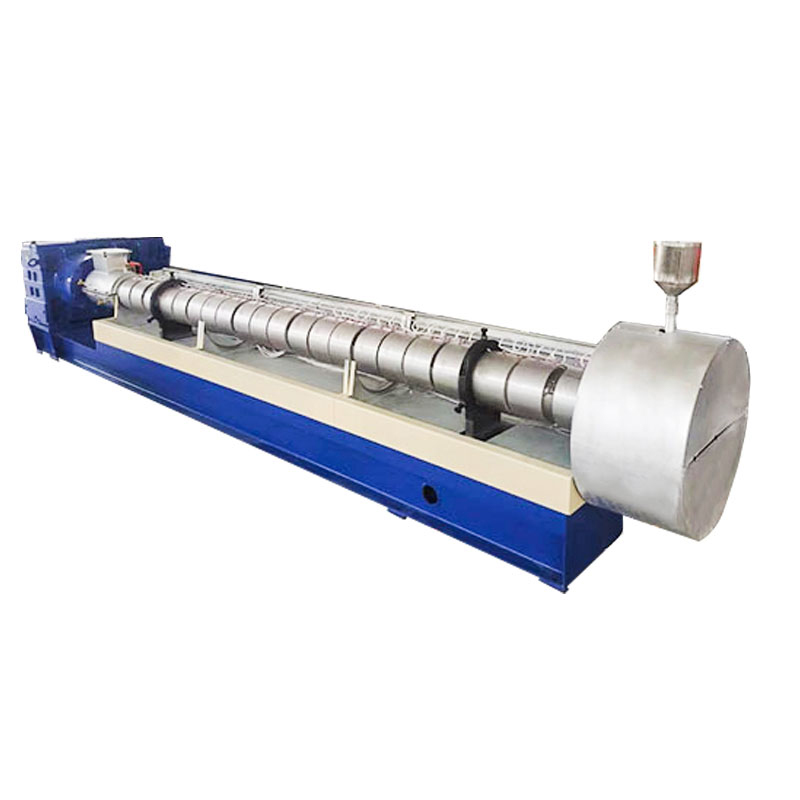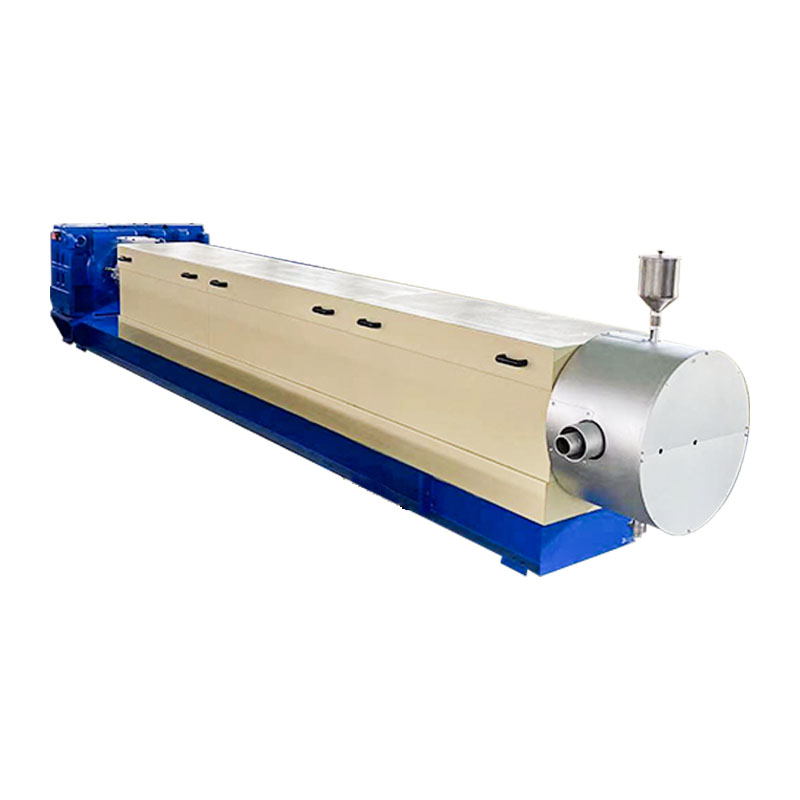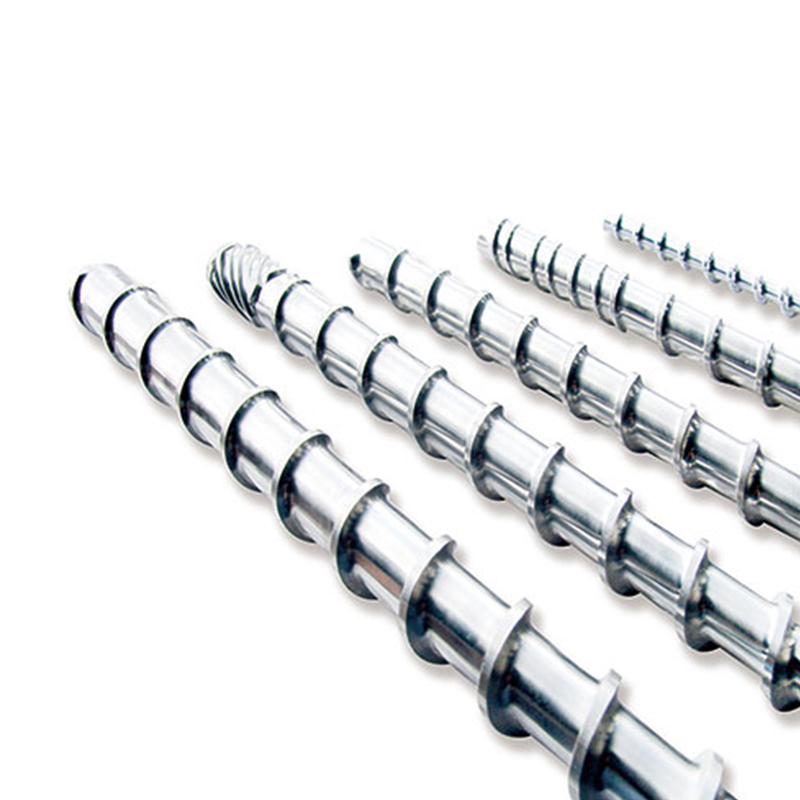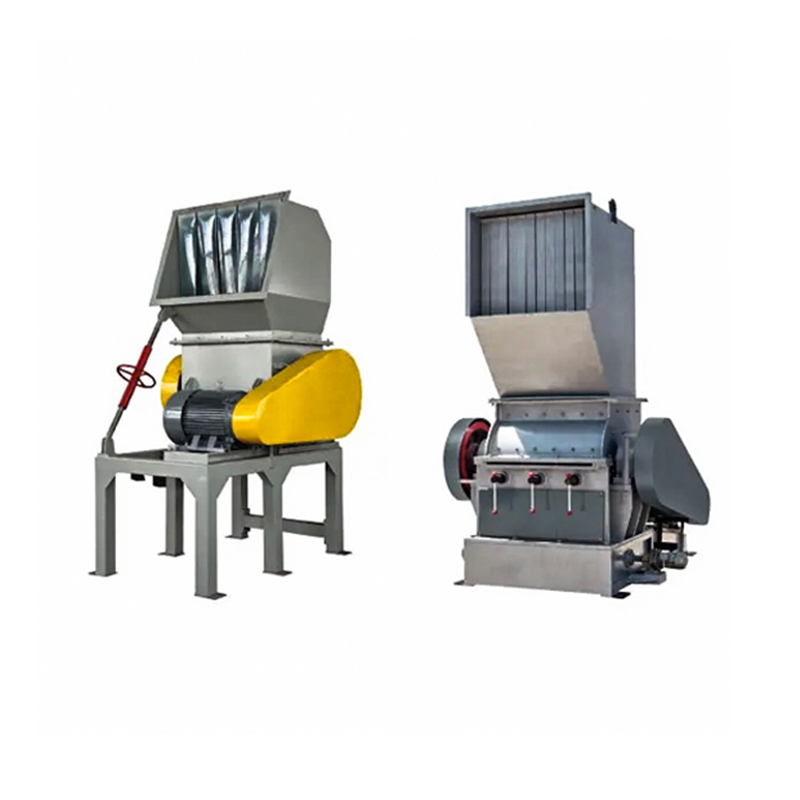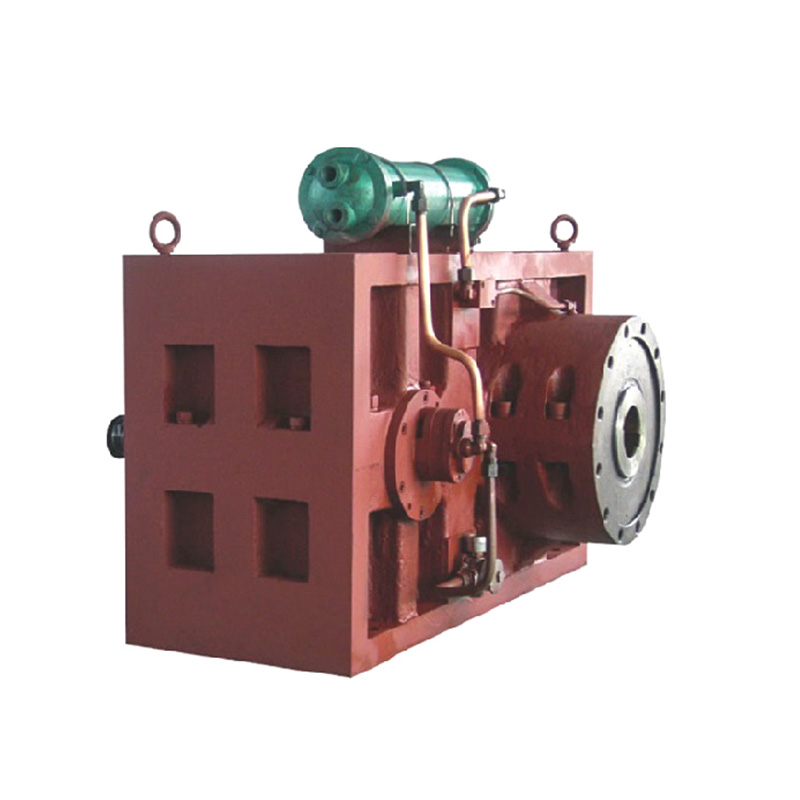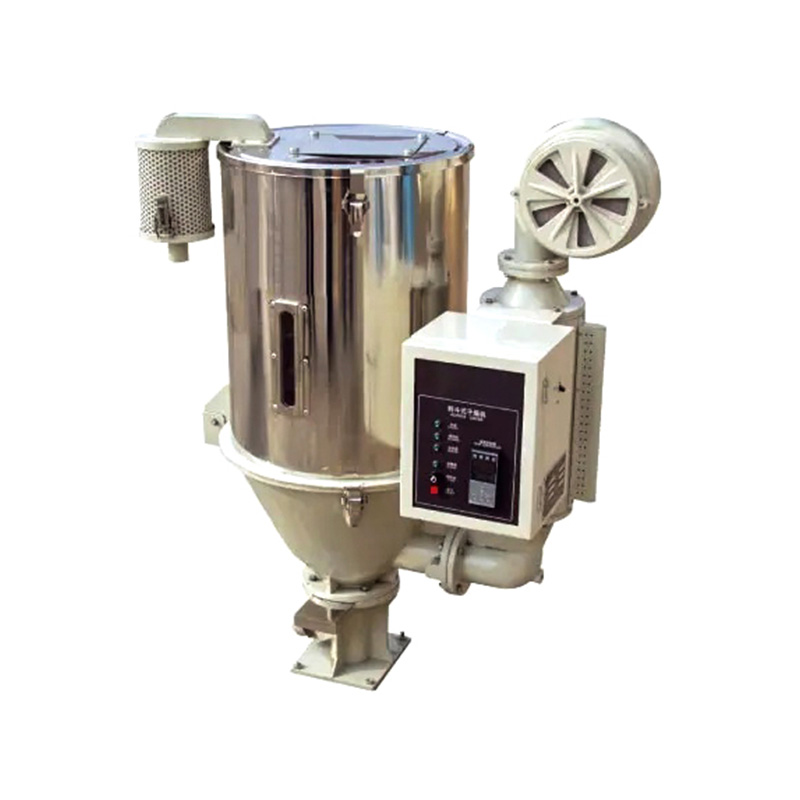In industries such as plastic processing, the conical screw barrel plays a vital role. Its unique design principle has a profound impact on extrusion efficiency.
First of all, from a structural point of view, the conical screw barrel is conical in shape. This design makes the gap between the screw and the barrel gradually smaller during the material conveying process. This change brings many advantages. On the one hand, as the gap decreases, the shear force on the material gradually increases. This shear force can effectively plasticize and mix the material, so that the material is heated and melted more evenly. Compared with the traditional equal-diameter screw barrel, the conical design can better promote the flow and plasticization of the material, thereby improving the extrusion efficiency.
Secondly, the design of the conical screw barrel also affects the propulsion force of the screw. Due to the conical structure, the propulsion force of the screw on the material will gradually increase as the material moves forward during the rotation process. This means that the material can be pushed to the extrusion end at a faster speed, reducing the residence time of the material in the barrel and improving production efficiency.
In addition, the heating and cooling system of the conical screw barrel also has an important influence on the extrusion efficiency. Reasonable heating and cooling design can ensure that the material is processed within the appropriate temperature range. Under the conical structure, due to the different flow characteristics and heating conditions of the material, more precise temperature control is required. Advanced heating and cooling technology can quickly respond to temperature changes and maintain the stability of the temperature in the barrel, thereby improving the stability and efficiency of extrusion.
In practical applications, different types of materials also have different requirements for the design of conical screw barrels. For example, for high-viscosity materials, greater shear force and propulsion force are required, so the angle and length of the conical screw may need to be adjusted accordingly. For heat-sensitive materials, more precise temperature control is required to avoid overheating and decomposition of the material.

Web Menu
Product Search
Exit Menu
Industry News
Home / News / Industry News / How does the design principle of the conical screw barrel affect its extrusion efficiency?
Product Categories
How does the design principle of the conical screw barrel affect its extrusion efficiency?
Recommended Products
CONTACT US AND GET A QUOTE
PRIORITY TO LEARN ABOUT OUR NEW PRODUCTS
PRIORITY TO LEARN ABOUT OUR NEW PRODUCTS
CONTACT INFO
Copyright©2023 Zhejiang Dowell Machinery Co.,Ltd. All Rights Reserved. Plastic Extrusion Machinery Manufacturers Plastic Screw Barrel Suppliers


 عربى
عربى


